What will happen to the ruble, inflation and the key rate: economic forecast
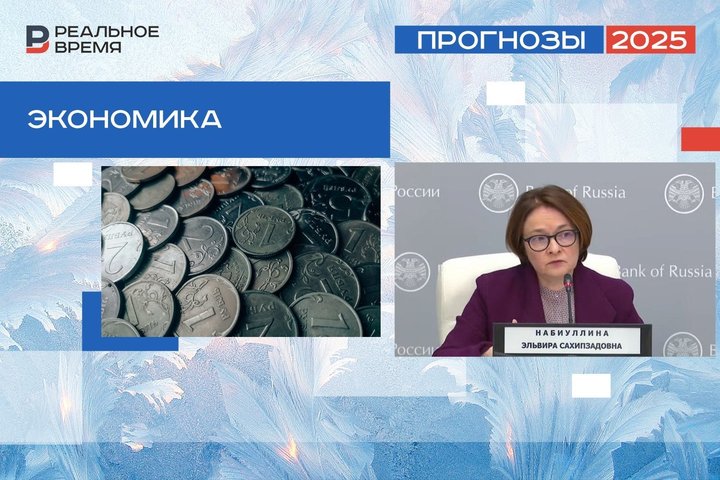
The Russian economy meets 2025 with the highest key rate in history, almost double-digit inflation and, despite these two unfavorable factors, with impressive growth of almost 4%. Read about for how long has head of the National Bank Elvira Nabiullina paused further rate increases, if the regulator will be able to slow down inflation, which is only just gaining momentum and what will happen to the ruble in this entire economic situation in a review of the analytical staff of Realnoe Vremya.
“B” mark for economic growth
According to forecasts of the Russian government, in 2024 the country's economy will grow by 3.9% and positive dynamics will continue in the next few years.
The economy of Tatarstan is also showing growth. According to forecasts of the republican authorities, GRP of Tatarstan in 2024 will exceed 5 trillion rubles. At the end of 2023, it amounted to 4.1 trillion rubles, an increase of 3.6% compared to the previous year. Important structural changes are taking place in the economy of the republic — the shares of the manufacturing sector and innovative products in industry, as well as the share of non-resource exports, have increased, the Ministry of Industry and Trade of the Republic of Tatarstan draws attention to.
In terms of investment in the economy, Tatarstan ranks first in the Volga Federal District and sixth in the country. According to the results of 9 months of 2024, the volume of investment in fixed assets of the republic amounted to 845.3 billion rubles, which is 2% more than in the same period of 2023.
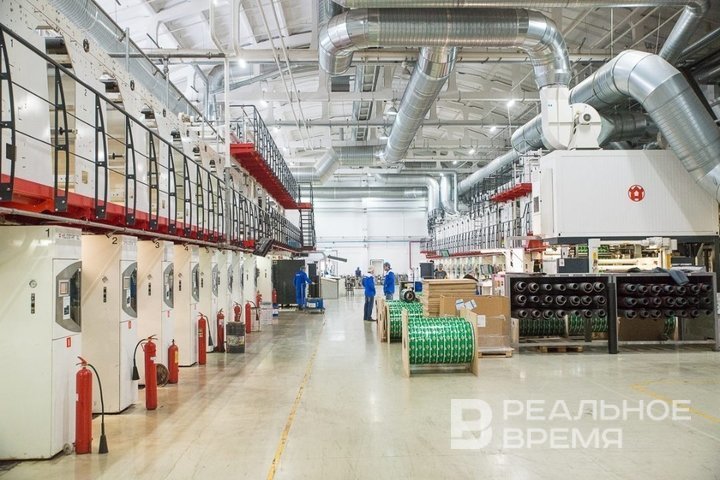
Geopolitics remains the main factor of uncertainty in the economy. It is on it that the dynamics of the Russian economy this year will largely depend. The Central Bank's monetary policy also influences the rate of economic growth.
2024 was marked by high inflation, which the regulator fought against all year by increasing the key rate. It was expected that on December 20, at the final board meeting of the Bank of Russia, the rate would again increase by 2 percentage points — to 23%, but this time the Central Bank surprised everyone and decided to keep it at 21%.
According to a consensus forecast of analysts, the inflation forecast for 2025 has been increased from 5.3% to 6%, for 2026 — from 4.1% to 4.5%. The key rate forecast for 2025 has been increased from 18% to 21.3%, for 2026 — from 12.5% to 14.6%. The exchange rate for 2025 increased from 95 rubles per dollar to 102 rubles per dollar.
Towards the end of the year, the Central Bank managed to surprise analysts
“The decision of the Bank of Russia to keep the key rate at 21% surprised us somewhat. And, judging by the preliminary forecasts of experts, it surprised not only us,” says Director of the Market Research and Strategy Office at Rosbank Yevgeny Koshelyov.
In an explanation of the decision of the Central Bank of the Russian Federation, Koshelyov highlights several interesting “innovations” in rhetoric and wording, which indicate that the decision-making system turned out to be not only broader, but also more flexible relative to the previously set benchmarks.
“Firstly, the regulator used a non-standard wording about autonomous (from monetary policy) factors in tightening monetary policy. Formally, this circumstance contrasts with other characteristics of economic dynamics — in terms of price dynamics and aggregate demand, where pro-inflationary risks remain,” the expert noted. “Secondly, the usual rhetoric indicating the direction of subsequent actions was excluded from the press release. We do not rule out that this indicates the beginning of a wait-and-see position by the regulator with the prospect of moving towards a reduction in the key rate during the first quarter of 2025.

“The decision to maintain the rate was unexpected for analysts. The consensus forecast confidently assumed a rate increase to 23%, while there were also forecasts of a stronger increase — to 24-25%,” agrees Olga Belenkaya, head of the macroeconomic analysis department at FG Finam. “We considered the main option to be a rate increase to 23% with a moderately tough signal. This was due to the acceleration of inflation by the end of the year, an increase in price expectations of enterprises and inflation expectations of the population.”
However, according to the regulator, there was more significantly tightening monetary conditions than the October decision on the key rate assumed. This was facilitated by macroprudential and banking regulation measures. Because of this, the increase in credit and deposit rates was significantly greater than it followed from the October increase in the key rate, which has already led to cooling lending in all market segments.

For some time, price growth will remain elevated due to inertia due to the accumulated effects of budget incentives, high credit activity in previous months and the transfer of the weakening of the ruble to prices. However, according to the Bank of Russia, in 2025, inflationary pressure will begin to decrease under the influence of tight monetary conditions and a slowdown in lending. According to the Bank of Russia's forecast, annual inflation will decrease to 4% in 2026 and will remain on target in the future.
“I would like to hope that the peak of the key rate has already been reached, but similar expectations were there a year ago, at a rate of 16%,” Belenkaya reminds us. “If the Central Bank comes to the conclusion in February that the achieved tightness of monetary conditions is sufficient to slow down inflation, then the regulator will most likely need time to make sure that this slowdown is sustainable and that no new inflationary factors have emerged. But at the same time, there are also risks of excessive tightening of monetary conditions and credit compression — in this case, the Central Bank may have to lower the rate before it can wait for the victory over inflation.”
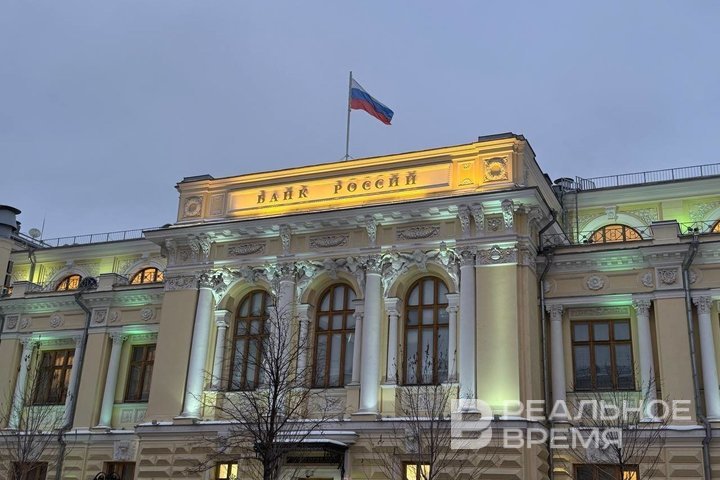
In the basic scenario of Finam, the start of the key rate reduction is expected no earlier than mid-2025 — to 17-18% by the end of the year. If inflation persists, the key rate may not be reduced in 2025. At the same time, with lending halting and recession risks increasing, the rate cut may proceed at a faster pace, she commented.
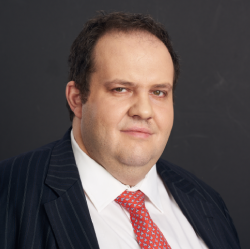
Financial expert, member of the Commission on Banks And Banking Activities of the Russian Union of Industrialists and Entrepreneurs, PhD in Economics Yan Art believes that now the Central Bank will look for another way to influence inflation. “For example, they will increase the requirements for reserves in lending even more in order to reduce the issuance of loans,” he believes. Or the Bank of Russia will have to revise the inflation target and admit that the 4% level is unattainable, and change it to 7%. “But this is unlikely, because officials are unable to admit their mistakes,” Art believes.
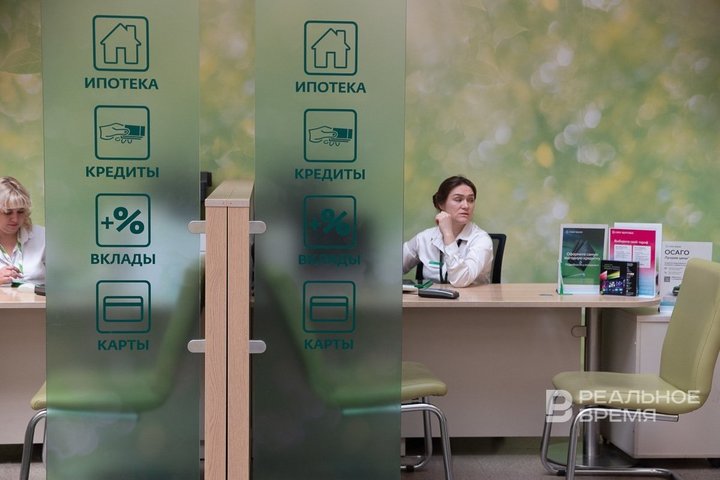
The economy is predicted to slow down
“Our forecast for economic growth in 2025 is 1.8% — due to industries that are a priority for the budget. 1.5% is the upper limit of the Central Bank of the Russian Federation's forecast, and experience shows that the regulator is too conservative. If it does not increase the rate further, growth may even be higher than 2%,” Anton Tabakh predicts.
“Restrictions on the export side, normalisation of budget policy from 2025 and a tight monetary policy should lead to a slowdown in economic growth. The fork in the road is whether it will be, firstly, a ‘soft landing’ of the economy with slight positive growth and a slowdown in inflation, which is assumed by the Central Bank’s baseline scenario; secondly, ‘no landing’ — an analogue of the pro-inflationary scenario — GDP growth at 2% or higher without a reduction in inflation; thirdly, a recession, when the economy will face an increase in non-payments, defaults and bankruptcies; and, finally, stagflation,” Olga Belenkaya listed the possible scenarios for the development of the economy.
Geopolitical changes may be of great importance in 2025 — in particular, the end or freezing of the military conflict between Russia and Ukraine, which is currently being actively discussed in the world. “In this case, we can hope for stabilization, and then a gradual reduction in military spending and demobilization, which will reduce the imbalance in supply and demand and reduce tension in the labour market and inflationary pressure. A possible easing of Western sanctions or at least a halt to their expansion could act in the same direction,” Belenkaya comments. “In the event of further escalation of the conflict, it is more likely that the military part of the economy will be strengthened, military spending will grow faster, inflation will be even higher and interest rates will be high, and the civilian sectors will shrink. In the conditions of almost complete use of domestic resources and sanctions pressure, the simultaneous continuation of growth in the military-industrial complex and saturation of the consumer market may become difficult to implement.”
Finam's baseline scenario assumes a slowdown in economic growth in 2025 to 1-1.5%. “Economic growth will be supported by an increase in wages, and also state-supported investments. At the same time, a sharp slowdown in lending growth and a weakening of the dynamics of private investments are expected,” the expert noted.
Olga Belenkaya expects that inflation in 2025 will be higher than the October forecast of the Central Bank for the baseline scenario (4.5–5% at the end of 2025) and will amount to 5–7%.
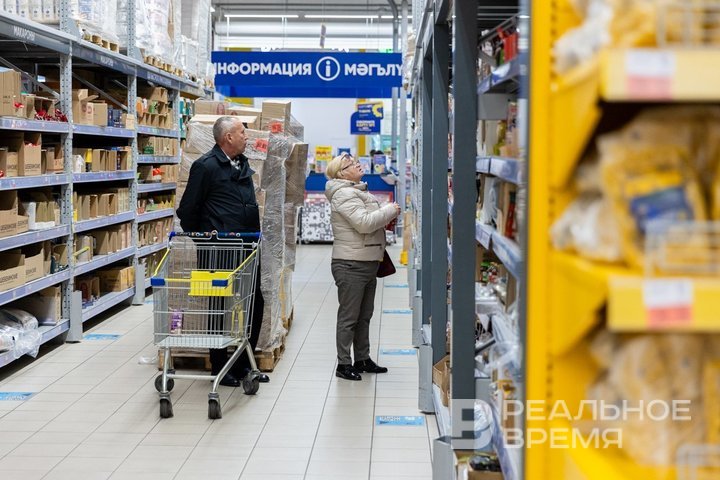
IMF experts predict that global economic growth in 2025 will amount to 3.2%. The growth rate of Russian GDP is more modest — 1.5–2%. In Tatarstan, according to the forecast of the regional government, the growth of GRP will be at the level of 2.9% — 1.5 times higher than in Russia, but 1.1 times lower than the global average. In Bashkortostan, according to the forecast of the republican government, the growth of the GRP will be at the level of 1.3-1.7%, that is, the growth of the Bashkir economy in 2025 will be 1.2 times lower than the Russian one and almost 2 times less than the global one, commented economist and head of R-Invest company Rustem Shayakhmetov.

“Subsidised loans, state guarantees, other forms of state support and a weak ruble neutralise the anti-inflation measures implemented by the Bank of Russia, because the key rate and tightened monetary policy affect only part of the economy, mostly private companies,” he adds. “It should also be taken into account that the increase in the tax burden by 1.5% of GDP, the increase in utility tariffs by 11.9% will also put inflationary pressure on the economy in 2025.”
What will happen to the ruble?
“In the first half of 2025, most currencies of developing countries may show a moderate weakening due to the protectionist policy of Donald Trump’s administration. If, due to the policy of the new American president, there is a decrease in prices for the main products of Russian export (oil, gas, metals) next year, this will put pressure on the ruble. At the same time, there are factors that will restrain the weakening of the ruble in the coming year: high interest rates on rubles; restrictions on the outflow of currency from Russia, high volumes of settlements in rubles for imports, a positive trade balance of the Russian Federation," listed Alexander Potavin, an analyst at Finam.
The expert expects that the dollar to ruble exchange rate will be in the range of 100-107 rubles in the first quarter of 2025.

Volatility in the Chinese yuan exchange rate may increase next year if Trump decides to introduce higher trade duties on Chinese imports to the United States. “We expect the yuan to weaken against the dollar, but relative to the ruble, the yuan exchange rate in the first quarter of 2025 will probably be in the range of 13.3-14.5 rubles,” Potavin summed up.